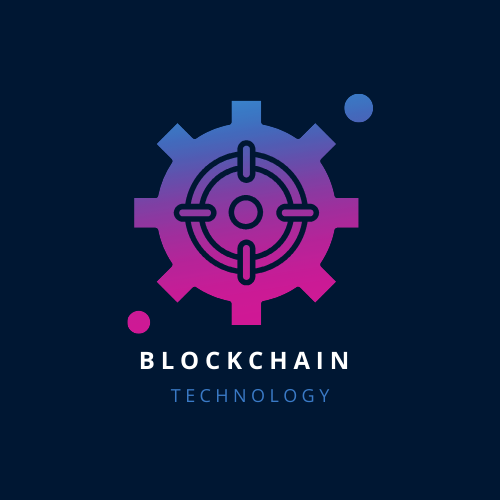Blockchain Technology in 2025

Introduction
Blockchain technology is no longer just about cryptocurrencies—it’s transforming industries like finance, healthcare, supply chain, and governance. By 2025, blockchain is expected to reach mass adoption, driven by advancements in scalability, security, and real-world applications.
This guide covers:
✅ What is Blockchain & How Does It Work?
✅ Types of Blockchains (Public, Private, Hybrid)
✅ Top Blockchain Trends in 2025
✅ Real-World Blockchain Use Cases
✅ Challenges & Future of Blockchain
1. What is Blockchain Technology?
Definition
A blockchain is a decentralized, distributed ledger that records transactions across a network of computers. Each “block” contains data, and once added, it cannot be altered—ensuring transparency and security.
How Blockchain Works
- Transaction Initiation → A user requests a transaction (e.g., sending crypto).
- Block Creation → The transaction is grouped into a block.
- Validation (Consensus) → Miners/validators confirm the block (PoW, PoS, etc.).
- Added to Chain → The block is permanently recorded.
Key Features
✔ Decentralization (No single authority controls it)
✔ Immutability (Data cannot be changed)
✔ Transparency (All transactions are public)
✔ Security (Cryptography prevents hacking)
2. Types of Blockchains
| Type | Description | Examples | Best For |
|---|---|---|---|
| Public Blockchain | Open to everyone, fully decentralized | Bitcoin, Ethereum | Cryptocurrencies, DeFi |
| Private Blockchain | Restricted access, controlled by an entity | Hyperledger, Ripple | Enterprises, Banks |
| Hybrid Blockchain | Mix of public & private features | Dragonchain | Supply chain, Healthcare |
| Consortium Blockchain | Controlled by a group of organizations | Corda | Interbank transactions |
3. Top Blockchain Trends in 2025
1. Ethereum 2.0 & Scalability Solutions
- Sharding + Proof-of-Stake (PoS) = Faster, cheaper transactions.
- Competitors: Solana, Polygon, Avalanche.
2. CBDCs (Central Bank Digital Currencies)
- Digital currencies issued by governments (e.g., Digital Dollar, Digital Euro).
- Built on permissioned blockchains.
3. Blockchain in AI & IoT
- AI smart contracts (self-executing agreements).
- IoT devices using blockchain for secure data sharing.
4. Zero-Knowledge Proofs (ZKPs)
- Enhances privacy (e.g., Zcash, Mina Protocol).
- Used in anonymous voting, private transactions.
5. Web3 & Decentralized Identity (DID)
- Self-sovereign identity (no more passwords).
- Projects: Microsoft ION, Civic.
4. Real-World Blockchain Use Cases
💰 Finance & Banking
- Cross-border payments (Ripple, Stellar).
- Decentralized lending (Aave, Compound).
🏥 Healthcare
- Secure patient records (Medicalchain).
- Drug traceability (Chronicled).
🚚 Supply Chain
- Track goods from source to shelf (VeChain, IBM Food Trust).
- Prevent counterfeit products.
🗳️ Voting & Governance
- Tamper-proof elections (Follow My Vote).
- DAO (Decentralized Autonomous Organizations).
🎮 Gaming & NFTs
- True ownership of in-game assets (Axie Infinity, The Sandbox).
5. Challenges Facing Blockchain
1. Scalability Issues
- Bitcoin: 7 TPS, Ethereum: 15-30 TPS (Visa: 24,000 TPS).
- Solutions: Layer 2 (Rollups), Sidechains.
2. Regulatory Uncertainty
- Governments struggle with DeFi, taxation, and compliance.
3. Energy Consumption
- Proof-of-Work (PoW) blockchains (Bitcoin) use massive electricity.
- Shift to PoS (Ethereum 2.0 cuts energy use by 99%).
4. Security Risks
- 51% attacks, smart contract hacks (e.g., DAO hack).
6. The Future of Blockchain (2025 and Beyond)
- Mass adoption in enterprises & governments.
- Quantum-resistant blockchains (to prevent hacking).
- Fully decentralized internet (Web3).
Conclusion: Why Blockchain Matters
Blockchain is more than just Bitcoin—it’s the backbone of a trustless, transparent digital future.
🚀 Want to learn more about a specific blockchain? Ask below! #Blockchain #Web3 #Crypto
